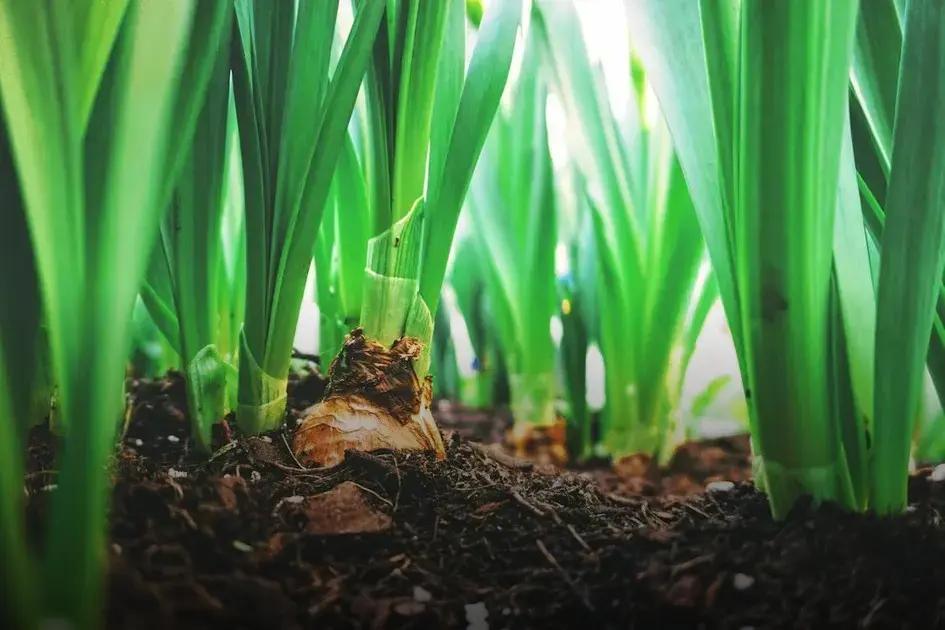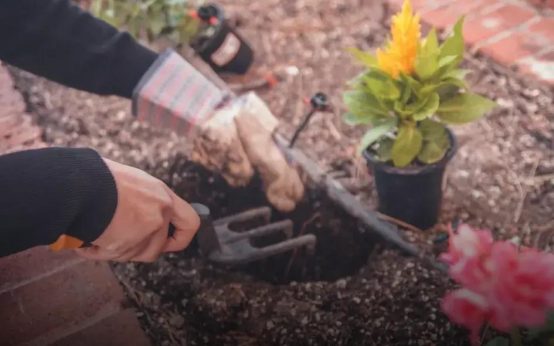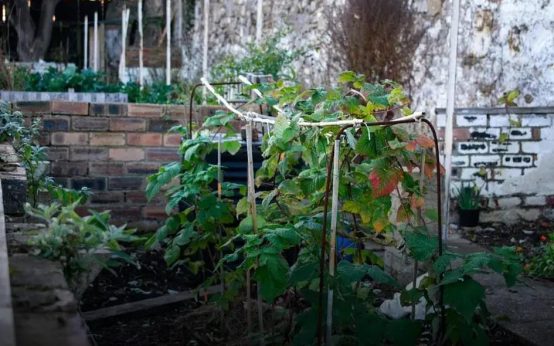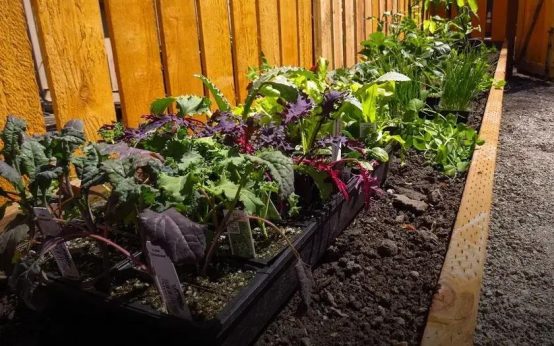Starting your own home garden can be an exciting and rewarding journey. With Gardening 101, you will learn the essentials of growing your own plants even if you have never planted before. From choosing the right soil to understanding the needs of various plants, this guide will equip you with the knowledge to flourish in gardening. Get ready to dig in and experience the joy of growing your very own garden.
Understanding Soil and Sunlight Needs
Gardening is all about understanding the environment your plants need to thrive. The relationship between soil and sunlight is crucial for successful plant growth. Each plant species has specific requirements in terms of light exposure and soil type.
Soil acts as the foundation for your plants. It provides essential nutrients, water, and air that roots need to grow. Determining the type of soil in your garden is vital. You may encounter sandy, clay, or loamy soil, each with its unique properties. Loamy soil is generally ideal because it holds moisture well while providing good drainage and nutrients.
Sunlight is energy for plants. It’s necessary for photosynthesis, the process by which plants convert light into energy. When planning your garden, observe where sunlight falls most in your yard. Some plants require full sun, which means at least six hours of direct sunlight, while others flourish in partial shade.
Matching the right plant with the right soil and light conditions is the key to success. Consult plant tags or guides for specific needs, and don’t hesitate to experiment with placement. Over time, you’ll learn what works best in your garden, creating a thriving ecosystem that both you and your plants will enjoy.
Easy Plants for Beginners

Starting your own garden can be a rewarding experience, especially for beginners. Choosing the right plants can set you up for success. Here are some easy plants that are perfect for those new to gardening:
-
Pothos
– Often called ‘devil’s ivy’, Pothos are known for their adaptability and resilience. They thrive in various light conditions and only need water when the soil is dry.
-
Snake Plant
– This plant is almost indestructible. It can survive low light levels and requires minimal watering, making it ideal for those new to plant care.
-
Spider Plant
– Known for its distinct long, thin leaves, the Spider Plant is easy to grow and propagate. It tolerates neglect and can thrive in indirect light.
-
Aloe Vera
– Not only is Aloe Vera easy to care for, but it also has practical uses. It prefers bright, indirect light and infrequent watering.
These plants make a perfect start for anyone eager to cultivate a green thumb.
Essential Gardening Tools
To embark on your gardening journey, it is vital to have the right tools at your disposal. Having the proper equipment can make tasks easier and more efficient. Here are some essential gardening tools every novice gardener should consider:
- Gloves: Quality gardening gloves protect your hands from thorns, dirt, and rough surfaces, ensuring comfort while working.
- Hand Trowel: This tool is perfect for digging small holes, transplanting seedlings, and removing weeds. Choose one with a comfortable handle and durable blade.
- Pruning Shears: Essential for trimming and shaping plants, pruning shears help maintain healthy growth by removing dead or overgrown branches.
- Garden Fork: This sturdy tool is ideal for breaking up soil, turning compost, and aerating beds, promoting better root growth.
- Watering Can or Hose: Consistent watering is key for plant health. A watering can with a sprinkle nozzle or a hose with adjustable spray patterns will ensure that plants receive even and adequate moisture.
- Rake: A rake is indispensable for leveling soil, clearing leaves, and distributing mulch evenly across garden beds.
- Garden Hoe: This tool is vital for cultivating soil and removing weeds, which helps your plants thrive by reducing competition for nutrients.
- Wheelbarrow: Transporting soil, mulch, and other materials becomes much easier with a reliable wheelbarrow, saving time and effort.
Investing in these gardening tools will not only improve your gardening experience but also help create a flourishing garden environment. Choose quality tools that match your needs and enjoy nurturing your plants with greater ease.
Watering and Maintenance Tips

Watering is crucial for any garden, as it ensures that your plants remain healthy and thrive. The key is to water deeply but infrequently. This encourages the roots to grow deeper into the soil, making the plant more resilient to drought conditions. It’s best to water early in the morning when temperatures are cooler and evaporation is minimized.
Avoid watering the leaves directly, as this can lead to mold and disease. Instead, aim the water at the base of the plant, near the roots. This is where it’s most needed and ensures the plant absorbs the maximum amount of water.
Monitoring the soil moisture is essential to determine when plants need more water. Stick your finger about an inch into the soil; if it feels dry, it’s time for watering. Investing in a moisture meter can be helpful for more precision.
Maintenance Tips are equally important to keep your garden thriving. Regularly prune dead or damaged leaves to allow new growth and prevent diseases. Also, make it a habit to remove weeds that compete with your plants for nutrients, sunlight, and water.
Fertilization is another aspect of maintenance that cannot be overlooked. Organic compost is a great addition to enrich the soil, providing your plants with necessary nutrients. Apply it around the base of the plants, but avoid direct contact with roots to prevent burning.
Be observant of your plants. Notice any signs of pests or disease early on, as treating issues promptly can prevent them from spreading. Use natural solutions such as neem oil or introduce beneficial insects like ladybugs to combat unwanted pests.
By adhering to these watering and maintenance guidelines, you will create a thriving environment for your plants, thus encouraging a healthier, more bountiful garden.
Troubleshooting Common Gardening Issues
Gardening can be an incredibly rewarding hobby, but sometimes, issues arise that can leave even experienced gardeners scratching their heads. Let’s dive into how to troubleshoot some of these common gardening problems.
1. Yellowing Leaves
One of the most common issues gardeners face is yellowing leaves. This can be caused by a variety of factors such as overwatering, lack of nutrients, or insufficient light. Check your watering schedule to ensure your plants are not sitting in waterlogged soil. Additionally, evaluate whether you’re using the correct fertilizer and if your plants are receiving adequate sunlight.
2. Pest Infestation
Pests can quickly become a problem in any garden. Identify the type of pest attacking your plants and choose the appropriate treatment. Natural remedies like neem oil or introducing beneficial insects can be effective. Regular inspections can help prevent infestations before they escalate.
3. Fungal Diseases
Fungal issues, such as powdery mildew or blight, often occur in humid conditions. Improve air circulation by spacing plants adequately and trimming excess foliage. It may help to apply organic fungicides that target the specific fungus affecting your plants.
4. Stunted Growth
Stunted growth can be frustrating. First, ensure the soil pH is appropriate for the plants you’re growing. Amending soil with the right nutrients can help. Be mindful of adequate space for roots to expand and consider if environmental factors like temperature are suitable.
5. Lack of Blooms or Fruit
If your flowers or fruiting plants aren’t producing, the cause might be insufficient pollination or nutrient deficiencies. Encourage pollinators like bees by planting flowers that attract them. Check phosphorus levels in the soil, as this nutrient is vital for bloom development and fruiting.
Dealing with common gardening issues requires patience and understanding. By knowing what to look for, you can ensure healthier plants and a bountiful garden.


 Tips for Growing Tomatoes That Actually Produce Fruit Easily
Tips for Growing Tomatoes That Actually Produce Fruit Easily  Companion Planting: Discover Plants That Thrive Together
Companion Planting: Discover Plants That Thrive Together  Starting a Vegetable Garden: Top Easy Crops to Begin
Starting a Vegetable Garden: Top Easy Crops to Begin